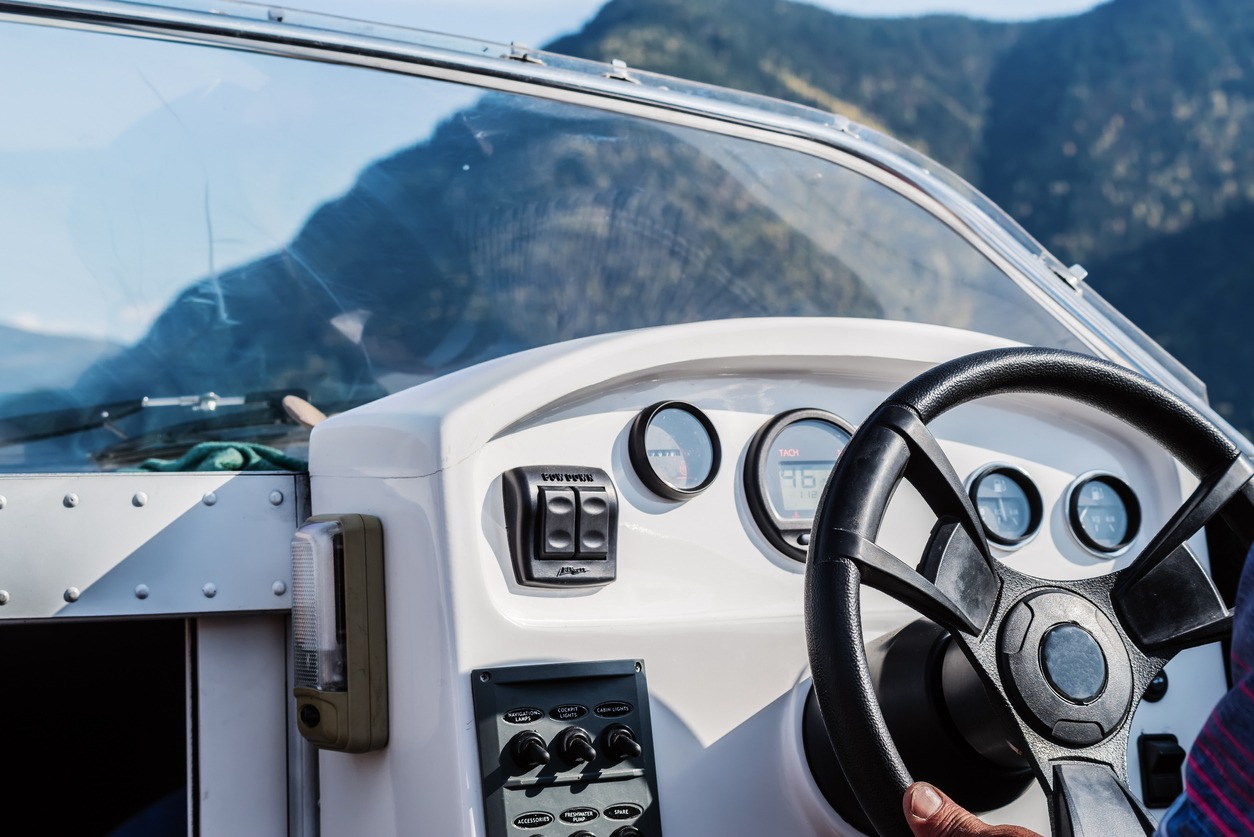Windshields are considered essential parts for many kinds of boats, as they provide protection for the skipper and the passengers against spraying water, rain, winds, or objects that may come flying straight toward the front of the boat. In addition to providing protection, boat windshields can also improve the visibility of the person maneuvering the boat.
Because of how important windshields are for different types of boats, many boat owners would often have to check the condition of the windshields regularly to avoid issues with these parts while sailing. The extensiveness of the maintenance and repairs for the windshield would depend on the material used for it. If repairs and maintenance are impossible to perform due to the windshield having too many issues or damages, then the boat owners would have to contact a boat windshield manufacturer for suggestions or recommendations on replacements.
There are two popular types of materials used for windshields. These materials are glass and Plexiglass. What exactly are these materials? And what are their advantages for boat windshields? We will find out as we take a look at the similarities and differences between glass and Plexiglass when used as a windshield material for boats.
The Use of Glass and Plexiglass for Windshields

Decades before the creation of Plexiglass in the 1930s, glass was already used as the primary material for windshields of both cars and boats. Glass has been used as a material for many years because of how well it provides visibility for the skippers and passengers while also protecting them from various elements outdoors.
After the 1930s, specifically when Plexiglass became much more available worldwide, Plexiglass became more prevalent as the material of choice for boat windshields. One of the reasons why Plexiglass became more popular than glass is because of its resiliency and durability, as it is much more resistant to breaking and shattering. In addition, Plexiglass is also lighter, which can then help reduce the weight of the boat.
What many people don’t know is that Plexiglass is a brand name for polymethyl methacrylate, a type of acrylic plastic that is formulated to be a lighter and more durable replacement for glass. In addition to Plexiglass, other brand names for the material include Lexan, Acrylite, Perspex, and Lucite.
Similarities and Differences Between Glass and Plexiglass for Boat Windshields

While Plexiglass is a more popular option today than glass for windshields, there are still some boats that have glass windshields. These glass windshields still have a few advantages compared to Plexiglass, and in this section of the article, we will talk more about those advantages so that you will know which material is suitable for your boat if you plan on installing a new windshield on it. Here are the similarities and differences between glass and Plexiglass for boat windshields.
Resilience and Durability
When it comes to durability and resilience, Plexiglass is a step above glass, as Plexiglass is a little bit more flexible and resistant to breaking or shattering. Moreover, Plexiglass is also much more resistant to scratches, which can then contribute to how long its transparency will last. If there are instances where Plexiglass breaks, it shatters into pieces with rounded edges, so there are fewer chances that the pieces can injure or wound anyone on the boat.
Appearance and Design
In terms of appearance, glass certainly gives boats a more elegant look because of its clarity and sleekness. However, Plexiglass can be aesthetically pleasing, too, as it is flexible enough to be modified into various colors and shapes. Choosing between glass and Plexiglass would really depend on your preference when it comes to appearance and design.
Affordability
For affordability, Plexiglass is considered to be more affordable than glass, as glass often has a much more intensive manufacturing or production process. Plexiglass is much cheaper and easier to make than glass, and this can contribute to how affordable the material is on the market. Besides being more affordable, Plexiglass is also 50% lighter than glass, thus making it advantageous for boats that aim to be more lightweight and faster.
Safety

While Plexiglass shatters with rounded edges, it is a flammable material, so it is not suitable for areas, machines, or devices that are exposed to open flames or high temperatures. Fortunately, boats are not typically used in areas with extremely high temperatures or open flames, so using Plexiglass for its windshield is relatively harmless. If it does catch on fire, the fire on the Plexiglass can be extinguished easily since the material doesn’t form embers. As for glass, although it isn’t as flammable as Plexiglass, it can shatter into pieces with sharp edges, which can then cause wounds or injuries to the people on board the boat.
Sustainability
As far as sustainability is concerned, both glass and Plexiglass are relatively equal in their impact on the environment. Glass is much easier to recycle than Plexiglass, but the disadvantage of this material is that it is produced at very high temperatures, and this environment can often release more carbon dioxide into the ecosystem. On the other hand, Plexiglass is manufactured using less energy because of how fast and easy it is to produce every day.
Which is the Better Material?
For many categories or considerations, it could be said that Plexiglass is a much better material than glass for boat windshields. However, it will all come down to personal preference, as some may like the appearance of glass more, while others may favor the advantages provided by Plexiglass. So, if you are looking for new windshields or replacements for the old ones on your boat, the type of material you will go for will depend on your preference.

